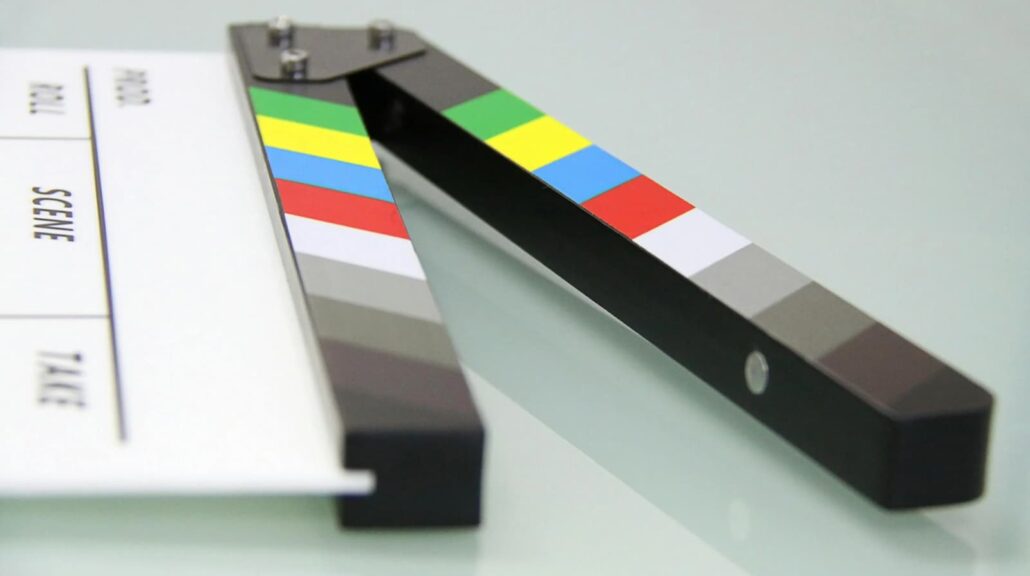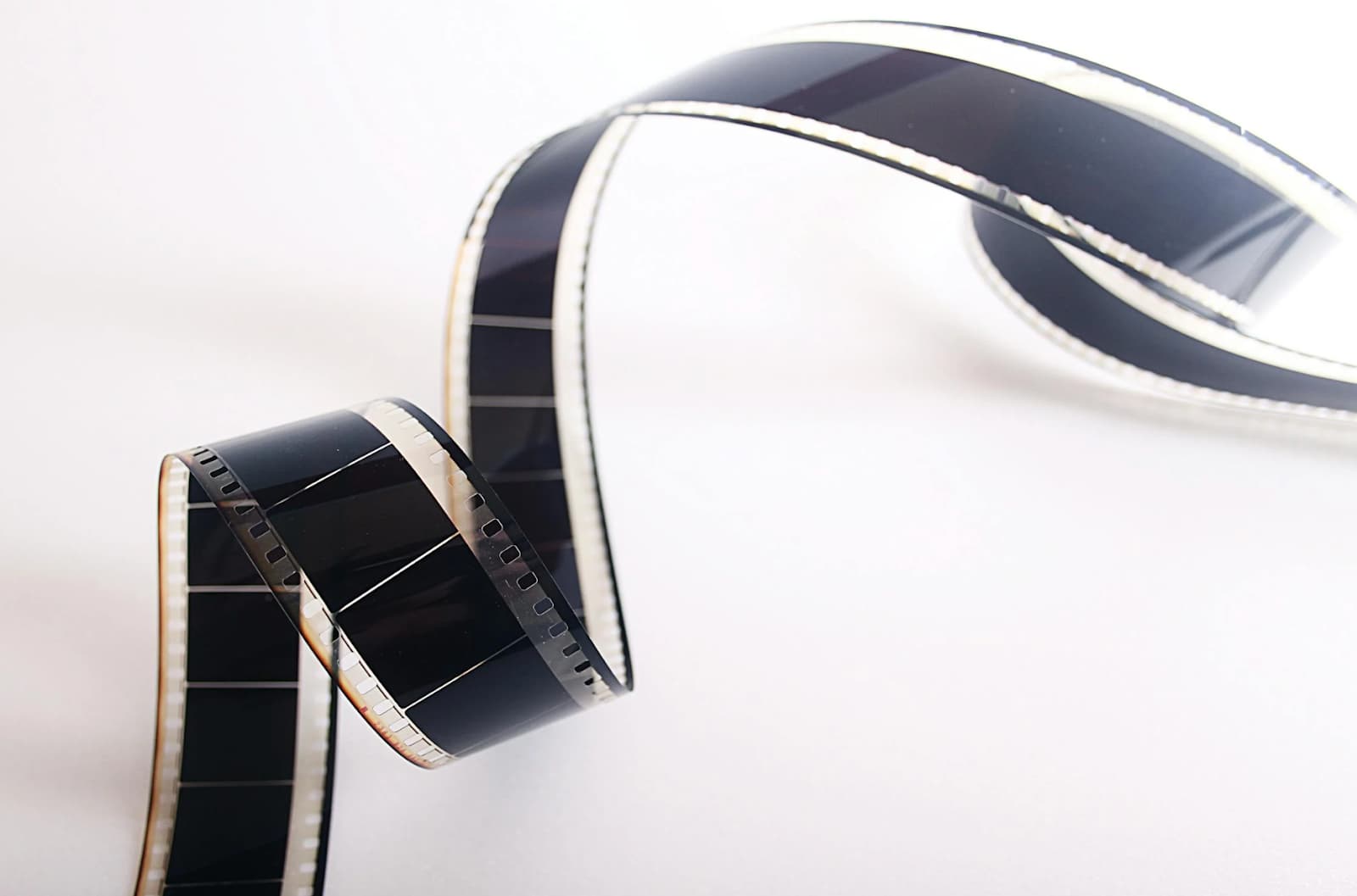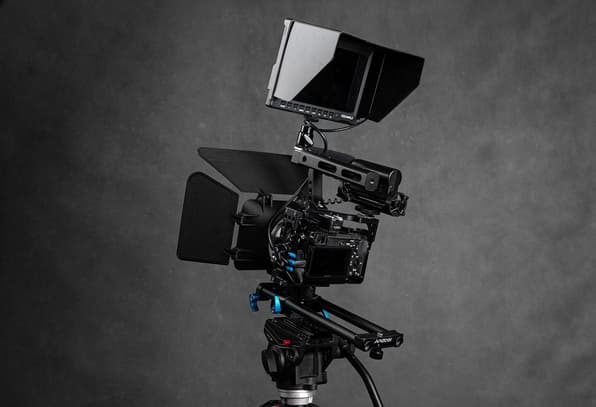Film studies have become a critical part of academic research, offering a unique perspective through which we can explore culture, history, and society. By analyzing films, students and researchers uncover deeper insights into how visual storytelling reflects and shapes the world. Writing a dissertation on filmography gives students the opportunity to engage with both the artistic and technical aspects of cinema, making it an ideal subject for interdisciplinary study.
American cinema, in particular, is a popular choice for dissertations because of its global influence and rich history. From the Golden Age of Hollywood to contemporary blockbusters, American films have shaped cinematic trends worldwide, making them fertile ground for research. The diversity of genres, iconic directors, and the overall impact of Hollywood provides abundant material for in-depth study, making American cinema a compelling topic for film students.
What is Filmography?
Filmography refers to the comprehensive list of films associated with a specific director, actor, or genre. It plays a crucial role in academic research by offering a structured way to study cinema. In the context of a dissertation, filmography helps students focus on the creative contributions of individuals or movements, allowing for a detailed examination of their work over time.
When analyzing a film’s production, key elements such as:
• The director’s vision
• Cinematography and editing
• The cast and their performances
…all contribute to a deeper understanding of how the film was crafted. Additionally, the reception—both critical and popular—helps researchers assess the broader cultural impact of a film, including how it was perceived by different audiences. Together, these elements form the core of filmographic analysis.
American Cinema as a Dissertation Focus
American cinema has a dominant position in global film history, making it a rich subject for dissertation research. Its historical impact is undeniable, from the silent film era and Golden Age of Hollywood to the rise of blockbusters and independent cinema. American films have not only shaped the global film industry but have also mirrored societal changes and cultural norms.
Notable genres and cinematic movements include:
1. Film noir – Characterized by its dark, cynical themes.
2. Western – Reflecting American frontier myths.
3. Science fiction – Offering speculative visions of the future.
4. New Hollywood (1970s) – Revolutionized film language with directors like Scorsese and Coppola.
These genres and movements provide an expansive landscape for students to explore, connecting American cinema to film theory, history, and cultural significance.
Using Filmography as a Research Method

Using filmography as a research method provides a structured way to analyze cinema both as an art form and a cultural artifact. This approach allows students to focus on specific films, directors, or genres and trace thematic patterns, stylistic evolutions, and the impact of particular filmmakers or movements over time.
How to Use Filmography in Research:
• Select films that align with your research question.
• Identify recurring themes and visual motifs across films.
• Analyze production elements, including direction, cinematography, and sound.
For example, if you’re exploring the evolution of American cinema, selecting films from different eras will provide a comprehensive view of how filmmaking has developed. This method enables a deep dive into both the historical and cultural contexts of the films, making them rich primary sources for dissertation research.
Structuring Your Dissertation
To write a successful film-focused dissertation, a clear and well-organized structure is key. Follow this outline to ensure your dissertation remains coherent and focused:
1. Introduction – Present the research question and significance of your study.
2. Literature Review – Explore existing research and identify gaps in the field.
3. Methodology – Explain your use of filmography as a research method and how you selected films for analysis.
4. Analysis – Break this section into chapters based on themes, genres, or cinematic techniques.
5. Link to Theory – Connect your film analysis with theoretical frameworks such as auteur theory or genre theory.
A strong theoretical foundation will add depth to your analysis and help you connect your insights with broader academic discussions.
Critical Analysis in Filmography
Critical analysis is essential when examining filmography in academic research. To conduct effective film analysis, focus on the following techniques:
• Cinematography: Study camera angles, lighting, and shot composition.
• Editing: Consider pacing, transitions, and how scenes are cut.
• Themes: Identify core themes like identity, morality, and power.
Additionally, contextual analysis is crucial. Films are deeply rooted in the social, political, and historical moments in which they were made. Understanding a film’s cultural backdrop helps explain its themes and reception, offering insight into how cinema reflects and challenges societal values.
Challenges in Writing a Filmography Dissertation
Writing a filmography dissertation comes with its challenges. Some common obstacles include:
• Limited academic sources: While film reviews and critiques are easy to find, scholarly analysis, particularly for newer films, can be scarce.
• Subjectivity in interpretation: Film is often open to multiple interpretations, which means you’ll need to support your arguments with solid evidence from both the films and existing literature.
Balancing academic rigor with creativity is also a challenge. A successful filmography dissertation requires a balance between objective analysis and personal insight. Academic standards demand a well-researched argument, but film invites creative interpretation. Combining these elements will make your dissertation both compelling and academically robust.
Conclusion
Filmography offers immense value in academic research by providing a lens through which to study cinema’s influence on culture, history, and society. American cinema, with its broad reach and cultural impact, remains a rich area for scholarly inquiry. By focusing on films as primary sources, students can explore themes, directorial styles, and historical contexts in depth.
Writing a dissertation on filmography sharpens analytical skills while encouraging a deeper understanding of cinema as both an art form and cultural force. The study of American cinema is ever-evolving, and further exploration will yield valuable insights into how films shape and reflect societal change.


